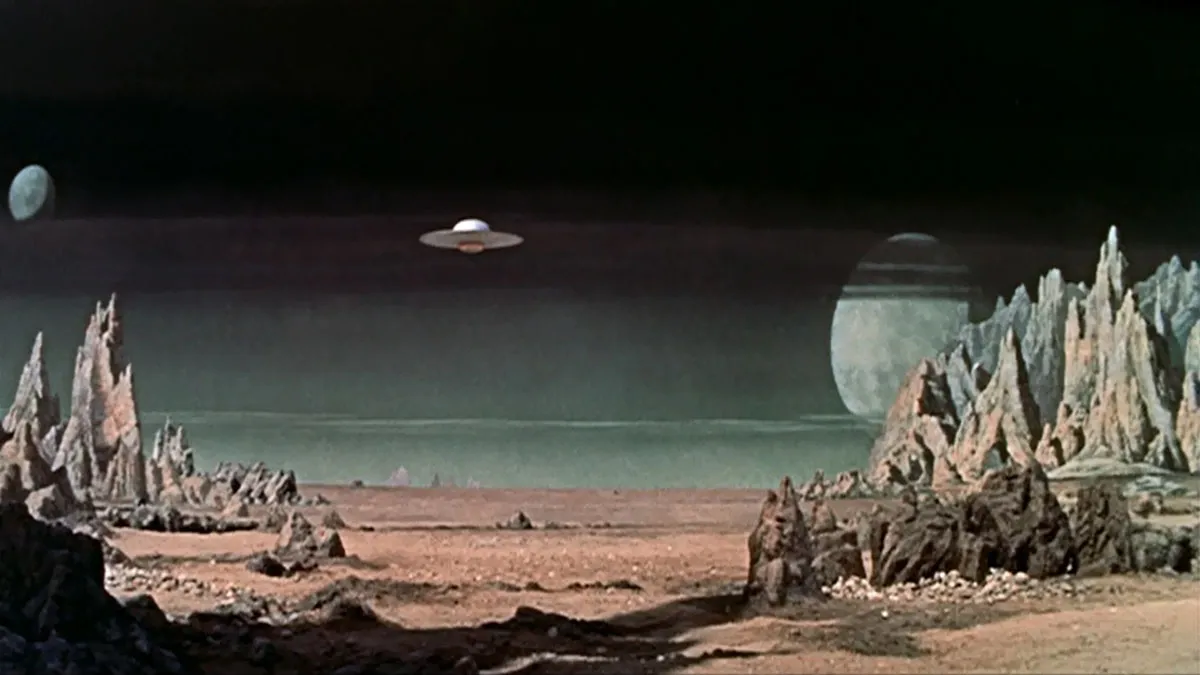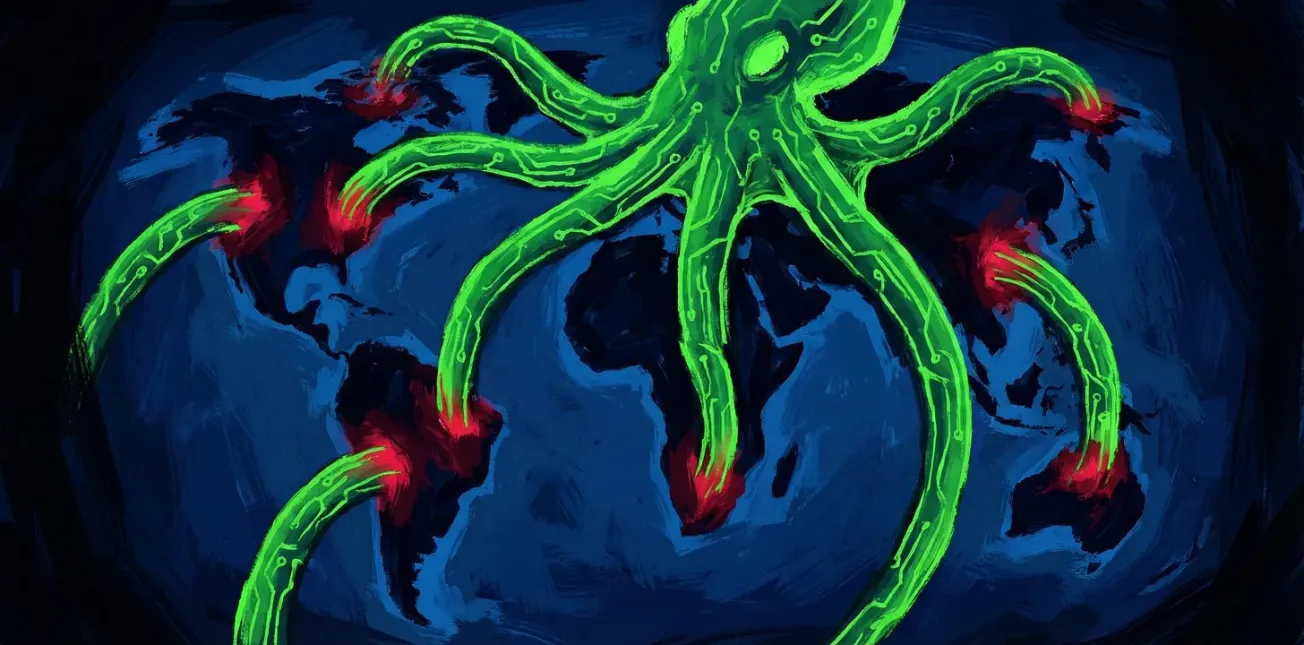Table of Contents
For all the seemingly endless, breathless headlines about ‘Earth-like planet discovered!’, usually accompanied by fanciful ‘artist’s impressions’ (ie made-up pictures), the reality is a lot grimmer – and weirder. The sort of people who like to bandy about pseudo-scientific tosh like the so-called “Drake Equation” (which claims to estimate the probability of alien life) ought to be pretty embarrassed about what we know so far about other worlds.
When the legacy media and scientific troughers blither about ‘Earth-like’, what they really mean is ‘rocky and sorta the right temperature’. That’s it.
Only one parameter of the Drake Equation is actually known with any certainty: “the average rate of star formation in our Galaxy”. As for the rest, it’s all pure conjecture.
As for the parameter that the ‘Earth-like planet!’ mob get excited about (“the average number of planets that can potentially support life per star that has planets”), discoveries so far by the Kepler and James Webb telescopes make pretty depressing reading.
One such world is HD 189733 b, which from space resembles a tranquil, glassy blue marble.
At the surface of this world, discovered in 2005, however, winds of around 5,400 miles per hour – seven times the speed of sound – causing glass rain to slash through the air, falling sideways rather than falling to the ground.
Then there’s WASP-121b.
Because the planet is so close to its star and tidally locked so that one side perpetually faces it, temperatures are great enough at around [3300°C] to vaporize metal.
The truly alien aspect of WASP-121b occurs when these metal clouds are blown from the planet’s permanent dayside reaching its perpetual, and much colder, nightside. This causes the metals, particularly titanium and aluminum, to turn to liquid and rain on the planet’s surface […]
This means that the space-facing nightside of WASP-121b could be experiencing rains of liquid ruby and sapphire.
Newsweek
KELT-9b is even hotter.
It orbits so close to its sun that its surface sizzles at 4,300C – so hot that it has atomic iron and titanium in its atmosphere – and a year lasts less than a day and a half.
There was much excitement when it was announced that K2-18b had water in its atmosphere.
For the first time, we’d found a rocky planet orbiting in the habitable zone of its star, in which liquid water could potentially pool on the surface.
Not so fast…
Before we could dream of luxuriating in exotic oceans, though, came the view that K2-18b may be more like the far less friendly mini-Neptunes – planets with a thick hydrogen atmosphere, a watery layer and a rocky iron core, where temperatures and pressures are far too high to support life.
New research suggests K2-18b could hover in a third zone: planets that looks like a gaseous mini-Neptune but are actually rocky planets covered in superheated, super-compressed seas, where the water exists somewhere on the threshold between liquid and gas, and is topped by a steamy water vapour atmosphere […]
TrES-2b orbits a star some 750 lightyears away in the direction of the constellation Draco and is the darkest planet or moon ever discovered. “It’s darker than the blackest lump of coal, than dark acrylic paint you might paint with.
Sky at Night Magazine
Not to be outdone, NASA’s brand new James Webb Space Telescope has made a truly remarkable discovery. Just not one that will get the alien life fanciers’ hopes up. VHS 1256 b is about 40 light years from Earth – and the youngest exoplanet by far ever discovered. It makes the Sahara look like the Arctic.
[It] has an atmosphere of swirling hot sand clouds that are constantly rising, mixing and moving during its 22-hour day.
Higher up in its atmosphere, where the silicate clouds are churning, temperatures reach a scorching 1,500 degrees Fahrenheit.
The team, led by Brittany Miles of the University of Arizona, also made clear water, methane and carbon monoxide detections with data from the telescope and found evidence of carbon dioxide.
Only 150 million years have passed since it formed – making it relatively young in astronomical terms – and scientists believe its youth explains why the skies are so turbulent […]
Co-author Beth Biller of the University of Edinburgh said: ‘The finer silicate grains in its atmosphere may be more like tiny particles in smoke.
“The larger grains might be more like very hot, very small sand particles.”
But the discovery is groundbreaking in itself, because of the remarkable range of features the telescope has been able to identify in a single target.
The observations were made using JWST’s Near-Infrared Spectrograph (NIRSpec) and the Mid-Infrared Instrument (MIRI).
The NIRSpec is designed to observe 100 objects simultaneously.
MIRI has both a camera and a spectrograph that sees light in the mid-infrared region of the electromagnetic spectrum, with wavelengths that are longer than our eyes see.
Daily Mail
The real story ought to be that what instruments like James Webb are discovering is fascinating enough in itself, without needing to grab spurious headlines with silly guff about “Earth-like” planets.









